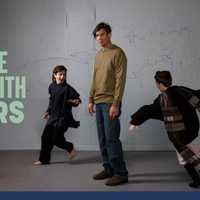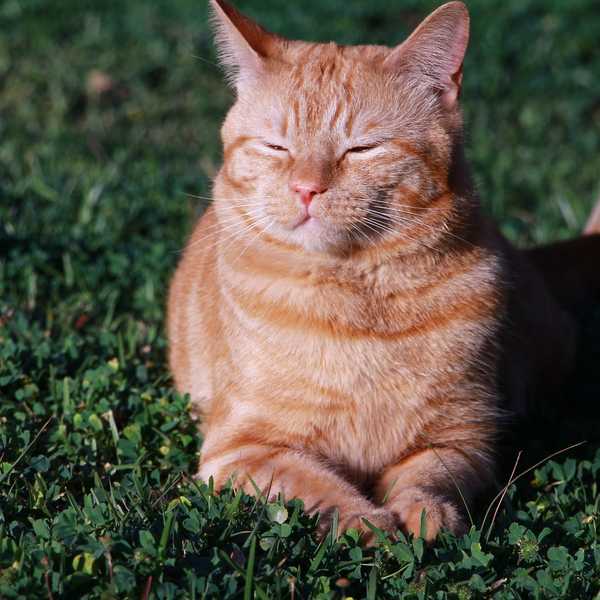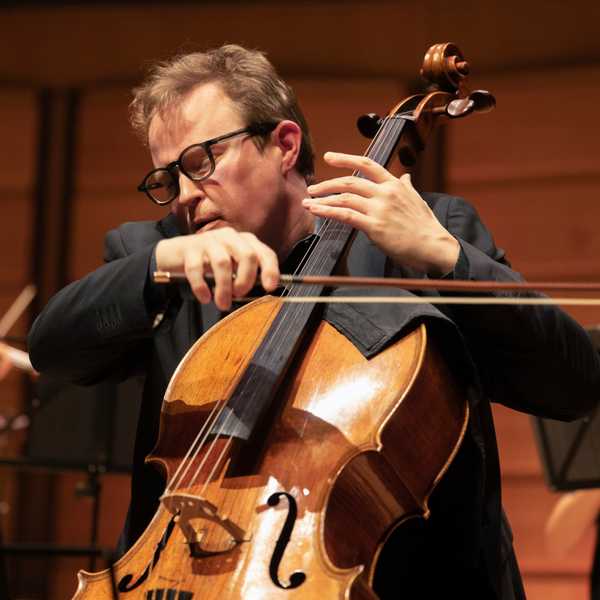A listener of Eastside FM for over 15 years, renowned Sydney photographer Adrian Cook has always been a strong supporter: “I’m a big fan of music and have always found that Eastside has a good selection of music; I think it’s a really great little station. I like the fact there’s no ads, or what ads there are, are for local people, and it’s nice to be able to support something local.”
Before digital technology, photography required years of training to really understand and appreciate the nuances of creating images.
Missing the tactile, physicality of handmade photography, a few years ago Adrian chose to explore wet plate collodion photography, a traditional method of developing photos: “I wanted to be a bit more hands on and [involved in] more of a craft again.”
Originally used to keep surgical dressings in place, the photographic process was discovered in 1851. The collodion is spread on glass or tin plates, dipped in silver nitrate and exposed to ultraviolet light to develop an image.
“What I’m doing is creating something that’s made in the studio in front of you and it’ll last for 200 years. It won’t fade, it won’t get lost and it won’t break,” Adrian enthuses.
“Unlike digital images which, if you print them on your normal printer, you’re lucky if they last five years. If you lose your phone, you’ve lost all your files, and if it’s on a hard drive somewhere, in 20 years’ time, are you going to be able to access that hard drive?”
A salient point he makes, for digital technology often robs people of the joy of a tactile, permanent visual record. “People don’t get it printed; you can’t hold it in your hands anymore.”
Even now, only a few people here create photos through this process, though it is fast growing in popularity within Europe and in the US.
“It’s a really beautiful process, it’s all hands on, it’s a real craft,” Adrian says. This requires dedication and patience: one image can take around half an hour to create. Sizes range from about 2¼ inches square to about 10 x 8 inches, and they’re made on tin and glass – exactly the same way it was originally created.
To ensure authenticity, Adrian has sourced all the original components: “Even the lenses I use are from 1865. I use all the same chemicals and have to make my own.”
This process requires a dark room which is in his studio however, if he wants to go outdoors or on location, he’s created a charming as well as practical solution: a portable little dark room, specifically designed for shooting wet plates, in the form of a retro caravan that he drives around – recently well put to use as a featured activity at a music event.
This ‘Back to The Future’ type of approach is the latest foray in a brilliant career: Over the years, Cook has become renowned for his sensitive as well as strong depictions.
In his younger years of apprenticeship in London and New York, Cook assisted other famous photographers, taking images for Bert Stern (who is renowned for his Marilyn Monroe images) and Steven Kline (known for editorials with many celebrities including Madonna, Brad Pitt, Rihanna, Lady Gaga, Naomi Campbell and Kate Moss).
Soon after, he was offered projects in his own right, and Adrian went on to create iconic images for Rolling Stone magazine and high-end fashion publications including Vogue Paris and Italian Vogue as well as album covers and books, of musicians, bands, performers, writers and actors including, U2, Kylie Minogue, David Wenham among many others.
Adrian was also commissioned to photograph Gurrumul, one of Australia’s most celebrated and important voices, for his last two album covers, book cover, and the stills which featured in the recent documentary about his life.
A favourite project is the annual Sydney Writers Festival which Adrian has attended for the past 10 years; “I go every year and photograph all the authors, and it’s a personal thing I do. You meet some amazing authors, Man Booker Prize winners [and other awardees].”
Though photos are a highlight of the process, Adrian demonstrates how significant the process is to the art – and craft – of photography.
Celebrating soon and looking for something different? If you have an event coming up and want to feature Adrian’s charming mobile darkroom – a recently converted 1950s caravan – and the amazing wet plate photos as part of your celebrations, contact him at: https://thestudio.sydney/

Share "Back To The Future. Get The Picture? Profile of Photographer Adrian Cook"
Copy










